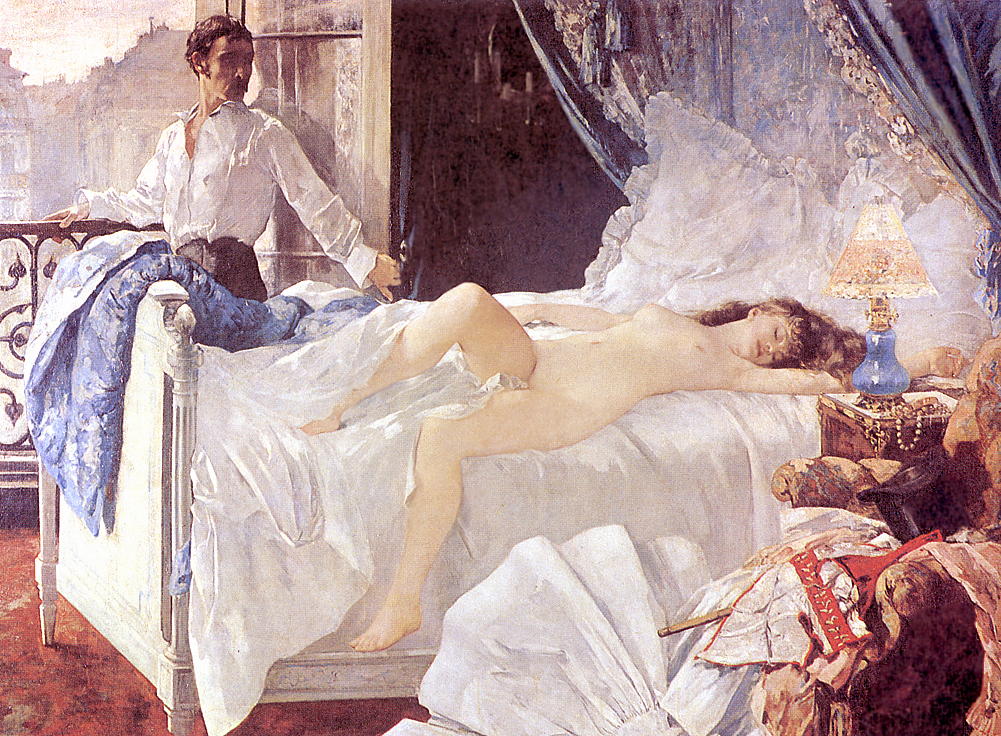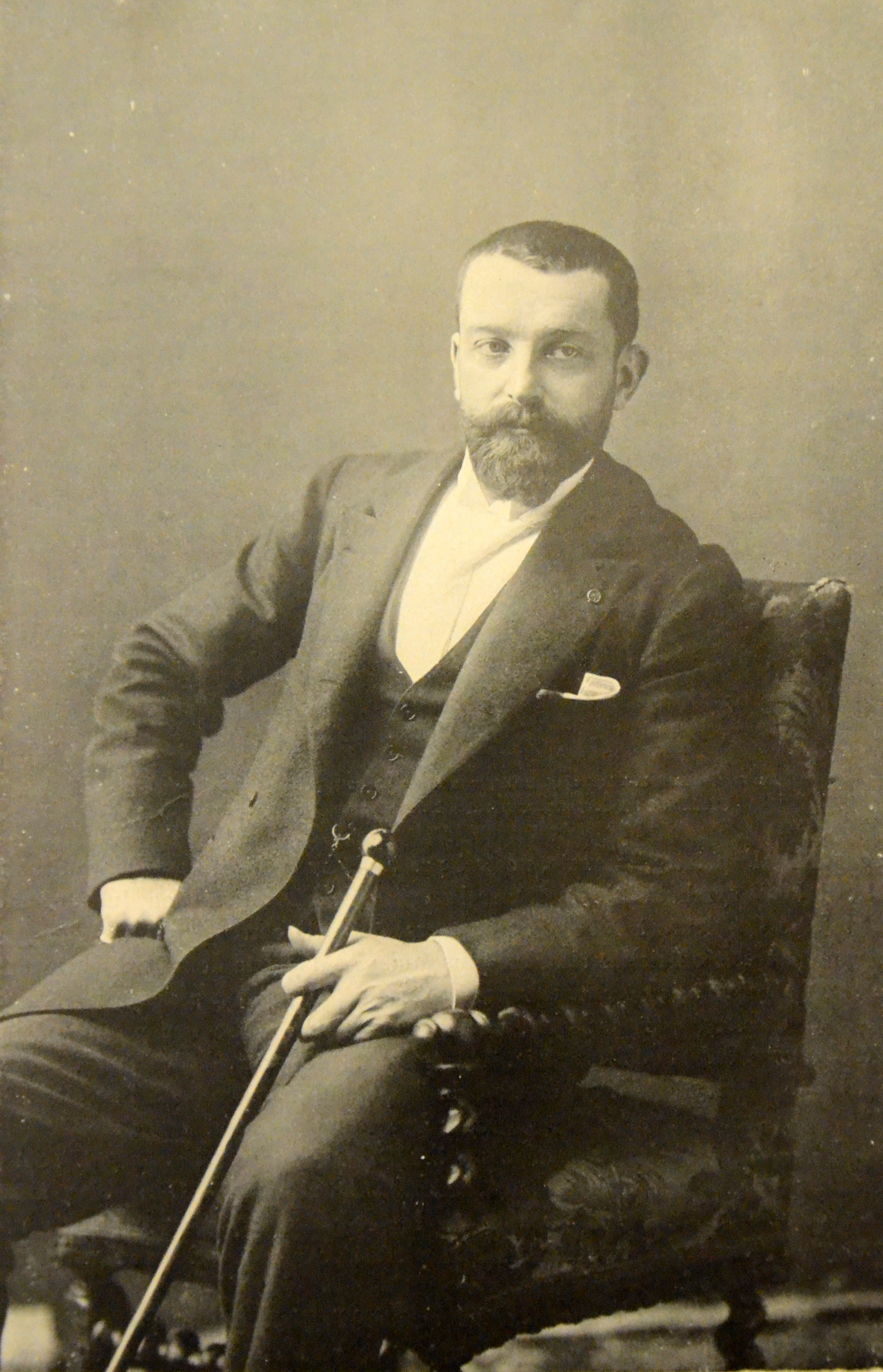In the spring of 1878, a month before the inauguration of the Salon, Rolla was brutally excluded from the event by the Beaux-Arts administration although Henri Gervex was a renowned painter. At only 26 years old, Gervex had already been awarded a medal at the Salon. This time, the authorities decided otherwise as they judged the scene in Rolla to be “immoral.”
Gervex found his inspiration in a long poem published in 1833 by Alfred de Musset (1810-1857). The text recounts the destiny of a young bourgeois, Jacques Rolla, falling into a life of idleness and debauchery. He meets with Marie, a teenager who found in prostitution an escape from misery. Rolla is seen here ruined, standing by the window, his eyes turned to the girl sleeping. He is about to commit suicide by poison.
If the scene was considered indecent, then it was not because of Marie's nudity (which in no way differs from the canonical nudes of the time). Rather, contemporaries turned their attention to the still life constituted by a gown, a garter, and a hastily undone corset covered with a top hat. Gervex might have been advised by Edgar Degas to put "a corset on the floor" so that the spectator may know this woman "is not a model." Indeed, this disposition and the nature of the clothes clearly indicate Marie's consent and her status as a prostitute. Moreover, the walking stick emerging from the garments acts as a metaphor for sexual intercourse.


 Henri Gervex
Henri Gervex